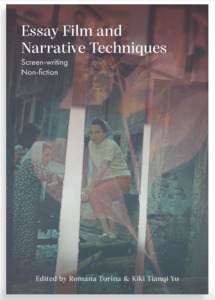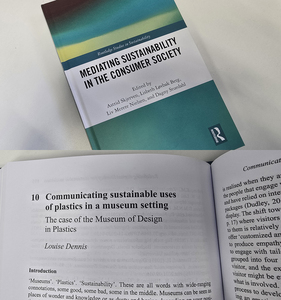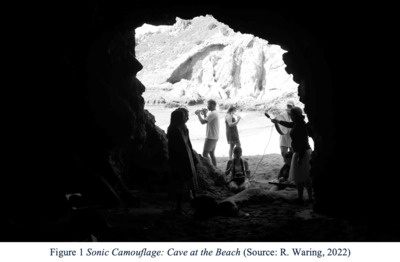Where once geographers could argue that the ideological and aesthetic issues surrounding the military cemeteries created by the British Empire had drawn little comment, there is now a considerable literature exploring the spaces and places of remembrance. Increasing attention has been paid during the past decade to the value of ‘situation’ in the discourse of death, grieving and commemoration. In this respect, ‘situation’ should be understood to be a focus on ‘place’, ‘space’ and the geopolitical. The emerging discipline of cultural geography in the late 1990s created the tools necessary to elaborate ‘space’ in the abstract, to regard ‘place’ as a site where an individual might negotiate definitively social relations, and give voice, as Sara Blair argued, to ‘the effects of dislocation, disembodiment, and localisation that constitute contemporary social disorder’. Almost a century after Sigmund Freud’s treatise Mourning and Melancholia, our understanding of how memory and mourning function continues to be challenged, revised and refined. Issues of place have become important to this debate. Once a marginal topic for academic investigation, there is now a body of scholarly work – including deep research in landscape and garden design – that explores the complex interrelationship between memory, mourning and ‘death-scapes’ (or ‘memory-scapes’), a portmanteau term that fuses an appreciation of once-violated landscapes with personal and discursive memories.
 |



 Lists
Lists Lists
Lists

![Gough_Jarden de Paix.jpg [thumbnail of Gough_Jarden de Paix.jpg]](https://research.aub.ac.uk/160/2.haslightboxThumbnailVersion/Gough_Jarden%20de%20Paix.jpg)
![Gough_Jardin de Paix_English.jpg [thumbnail of Gough_Jardin de Paix_English.jpg]](https://research.aub.ac.uk/160/3.haslightboxThumbnailVersion/Gough_Jardin%20de%20Paix_English.jpg)









